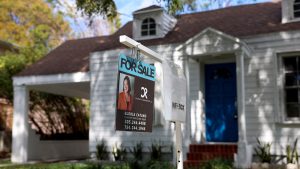Governor Kathy Hochul’s green-energy objectives for New York are facing challenges due to increased costs and supply chain disruptions. Developers of wind farms and other renewable energy projects have requested increased subsidies, a move that could potentially double the financial burden on ratepayers from an estimated $10 billion to $22 billion.
The state laws require that by 2030, 70% of electricity should be generated from renewables such as solar and wind. Furthermore, offshore wind farms including Sunrise Wind, Beacon Wind, and Empire Wind I and II are mandated to produce up to nine gigawatts by 2035. Situated near Long Island, these four offshore wind farms could provide nearly half of this energy.
However, the developers of these offshore wind farms, including Equinor Renewables Americas and Orsted (CSE:), along with the developers of 86 land-based projects, have sought increased subsidies due to cost and supply issues. Labor leaders have supported these requests in an effort to preserve jobs in the sector.
The Public Service Commission, led by Rory Christian, unanimously denied these requests. This decision was endorsed by Governor Hochul and supported by AARP in order to avoid setting a precedent and protect ratepayers. Advocates for low-income utility customers also argued against the additional financial burden that increased subsidies would bring.
If developers decide to withdraw from their contracts due to the denial of increased subsidies, the Energy Research and Development Authority could re-bid the contracts. However, this possibility has raised concerns among groups like the New York Offshore Wind Alliance about potential impacts on the progress of clean energy in the state.
This article was generated with the support of AI and reviewed by an editor. For more information see our T&C.
Read the full article here











